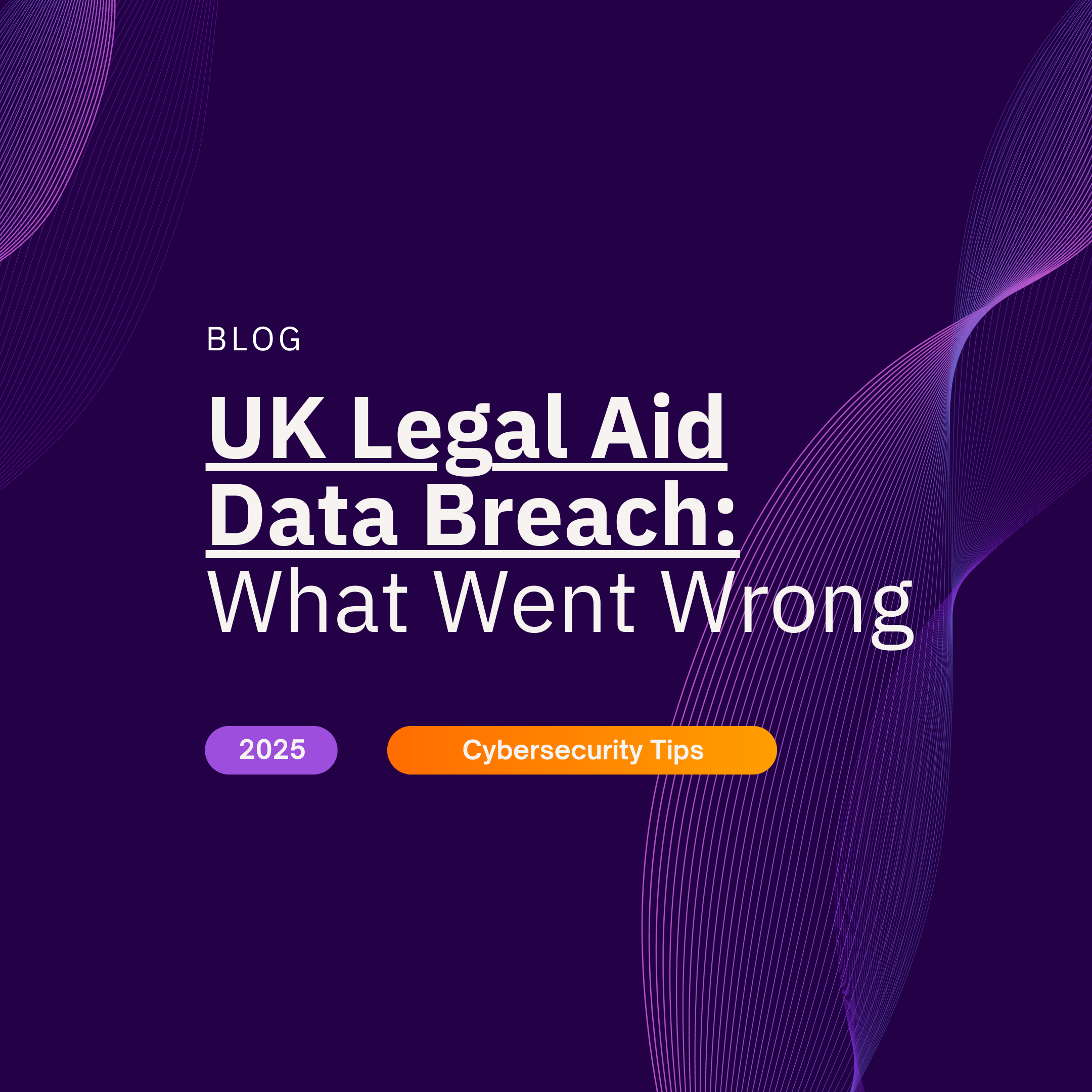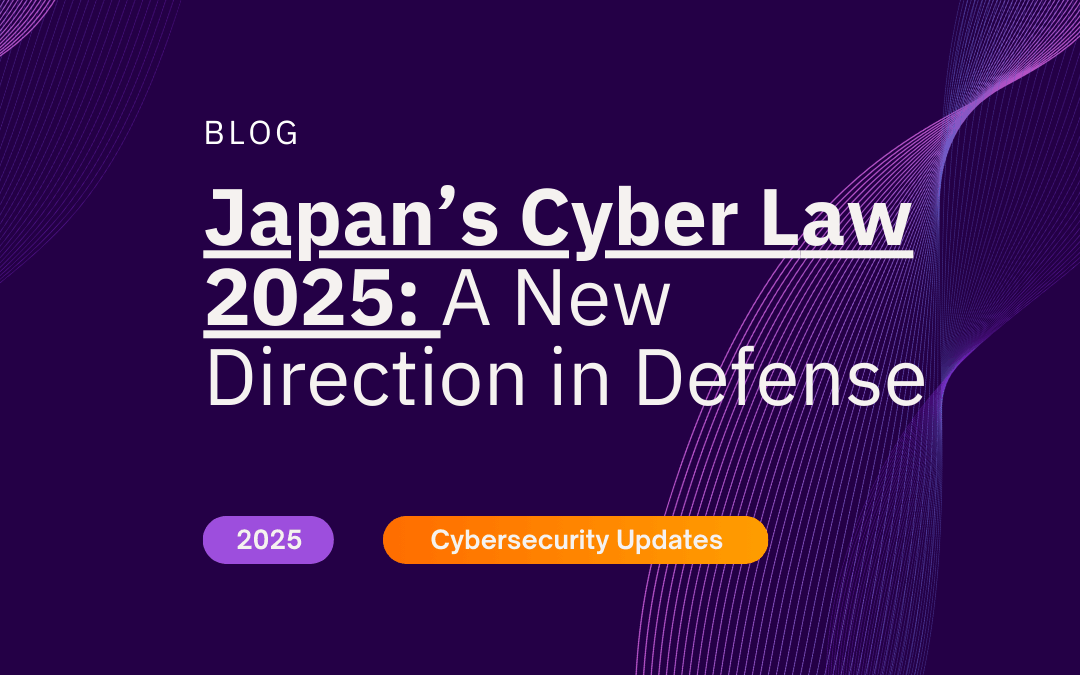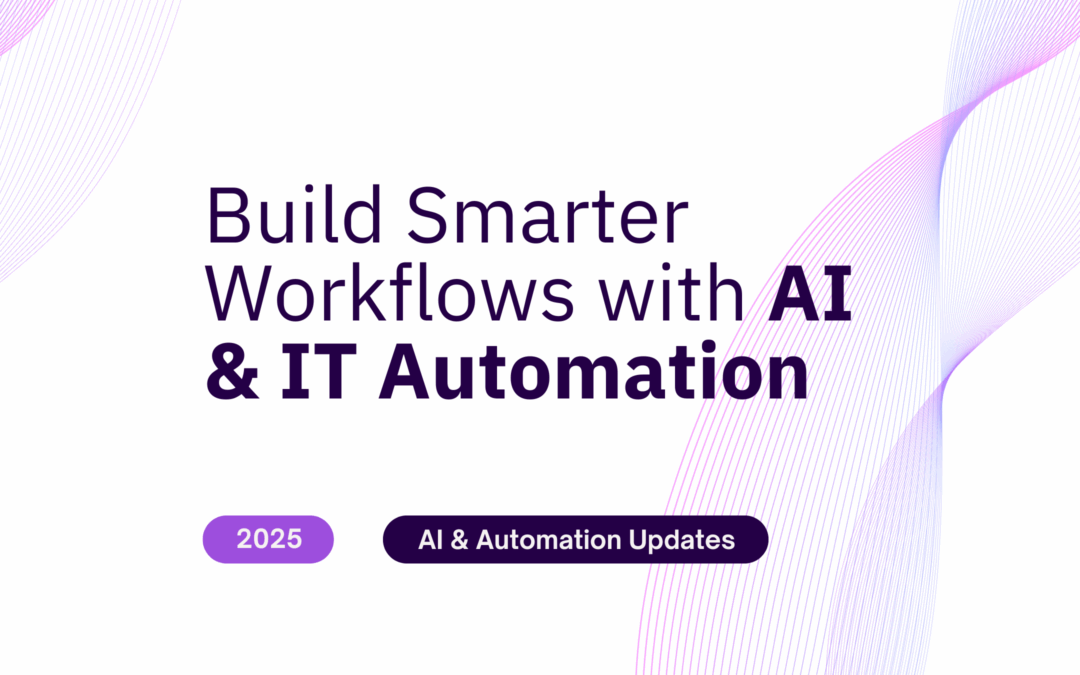Table Of Content
UK Legal Aid Data Breach 2025: What Happened and How to Prevent It
On May 19, 2025, the UK Ministry of Justice confirmed a major cyberattack on the Legal Aid Agency. The attack exposed personal data tied to over 2.1 million legal aid applicants. This includes criminal histories, financial records, and sensitive case files. It’s one of the most serious government data breaches UK to date, attracting attention across England and Wales.
The attackers targeted outdated infrastructure, gaining access through weak points in the Legal Aid Agency’s system. Once inside, they deployed ransomware, encrypting critical systems and stealing massive amounts of data. The breach sparked immediate concerns about personal data exposure and long-term damage to public trust. The National Crime Agency and the National Cyber Security Centre are now involved in the investigation.
How Did the Legal Aid Agency Get Hacked?
Experts suggest the attackers exploited a combination of security gaps:
- Outdated IT infrastructure that lacked recent patches
- Weak access controls and missing multi-factor authentication
- Poor segmentation of networks, allowing lateral movement
- Limited monitoring, allowing threats to go undetected
This breach serves as a warning to all public institutions.
The Legal Aid Agency cyberattack exposed just how vulnerable outdated systems can be. The Ministry of Justice must now consider radical action to modernize public sector IT.
What Was Exposed?
This was not just a technical incident. Real people face real consequences. The breach involved:
- Criminal case data
- Names, addresses, and dates of birth
- Financial assessments and legal histories
Beyond these immediate risks, leaked data could resurface in criminal forums, impacting victims for years. It’s not uncommon for exposed information to be sold, traded, or used in phishing scams. That’s why breach response must include ongoing monitoring and support for affected individuals.
Jane Harbottle, CEO of the Legal Aid Agency, stated, “We are committed to protecting the people, and I am extremely concerned about the implications of this breach.”
Why Public Institutions Are at Risk
The UK Legal Aid data breach 2025 highlighted common weaknesses in public sector cybersecurity:
- Overreliance on legacy systems
- Delayed adoption of best practices
- Lack of budget or urgency around cybersecurity
In this case, authorities have not confirmed whether ransom demands were made, but the attack follows the pattern of sophisticated ransomware attacks seen globally.
Public institutions manage massive amounts of personal information but often operate with tight budgets and slow procurement cycles. Cybersecurity upgrades may be delayed due to bureaucracy or a lack of political will. This makes them attractive targets for threat actors looking for easy access and high-impact outcomes.
Steps to Prevent Public Sector Cyberattacks
Agencies can prevent attacks like this one by taking proactive steps:
- Modernize legacy infrastructure: Retire or upgrade systems running unsupported software.
- Implement Zero Trust Architecture: Verify every access request.
- Use multi-factor authentication, especially for all admin and remote access.
- Segment networks: Prevent attackers from accessing all systems once inside.
- Monitor constantly: Use real-time threat detection tools.
- Create an incident response plan: Know what to do when—not if—a breach occurs.
- Regularly train staff: Human error is one of the top causes of breaches.
- Run simulations and tabletop exercises: Preparation reduces panic and improves response.
These cybersecurity best practices for 2025 are essential. Agencies must treat data like a mission-critical asset. Implementing these steps to secure public sector data is vital to protecting against government data breaches.
Lessons from the UK Legal Aid Breach
This event provides several important takeaways:
- Legacy systems are a liability
- Personal data must be encrypted and access-controlled
- Security is not just an IT problem—it’s a leadership issue
- Transparency matters: Timely breach notification builds trust
Every organization handling personal information should review its risk posture. If you’re storing sensitive data, especially on vulnerable systems, it’s time to act. Organizations should assess vendor risk and third-party software dependencies, common entry points in many attacks.
These lessons from the UK Legal Aid breach also apply to any public institution looking to stay cyber-secure. Leaders must champion strong security measures from the top down.
Secure Data Handling in the Legal Sector
Legal institutions must go beyond basic compliance. They need full-spectrum protection that includes:
- Endpoint detection and response (EDR)
- Email filtering and phishing protection
- Encrypted storage and secure file sharing
- Regular security training for staff
- Third-party risk management
- Document access tracking and audit logs
At Jun Cyber, we support law firms, government agencies, and nonprofits with custom cybersecurity strategies for public institutions. Explore our Cybersecurity Services to learn how we help mitigate risk.
We also recommend strict data retention policies—keeping data only as long as necessary. This reduces the volume of information exposed if a breach does occur.
What to Do After a Breach
If your organization suffers a breach, take these steps immediately:
- Notify affected individuals and regulatory authorities
- Begin a forensic investigation to determine the cause and scope
- Contain the threat and secure entry points
- Monitor exposed data for misuse
- Communicate transparently with stakeholders
Organizations must follow breach notification compliance protocols and UK GDPR enforcement. Quick action limits damage and helps preserve public confidence. Identity theft prevention after a breach should include proactive credit monitoring and identity protection services.
How Jün Cyber Can Help
Jün Cyber offers tailored support for government agencies and legal institutions. Our solutions cover:
- Network monitoring and intrusion detection
- Compliance audits and remediation plans
- Security awareness training
- Zero Trust deployment strategies
- Incident response development and testing
- Third-party software security assessments
Explore our Security Risk Assessments to evaluate your vulnerabilities or visit our Managed Detection & Response page to see how we help prevent breaches before they happen.
Don’t Wait for a Crisis
The 2025 ransomware incident involving the Legal Aid Agency is a stark reminder of the evolving cyber threat landscape that UK organizations face. From ransomware attacks to insider threats, the risk is real.
If you’re applying for legal aid or managing sensitive legal data, now is the time to ensure your systems are prepared. Data breaches aren’t just IT problems—they’re organizational threats that impact people.
Let Jun Cyber help you stay cyber secure, compliant, and resilient.




